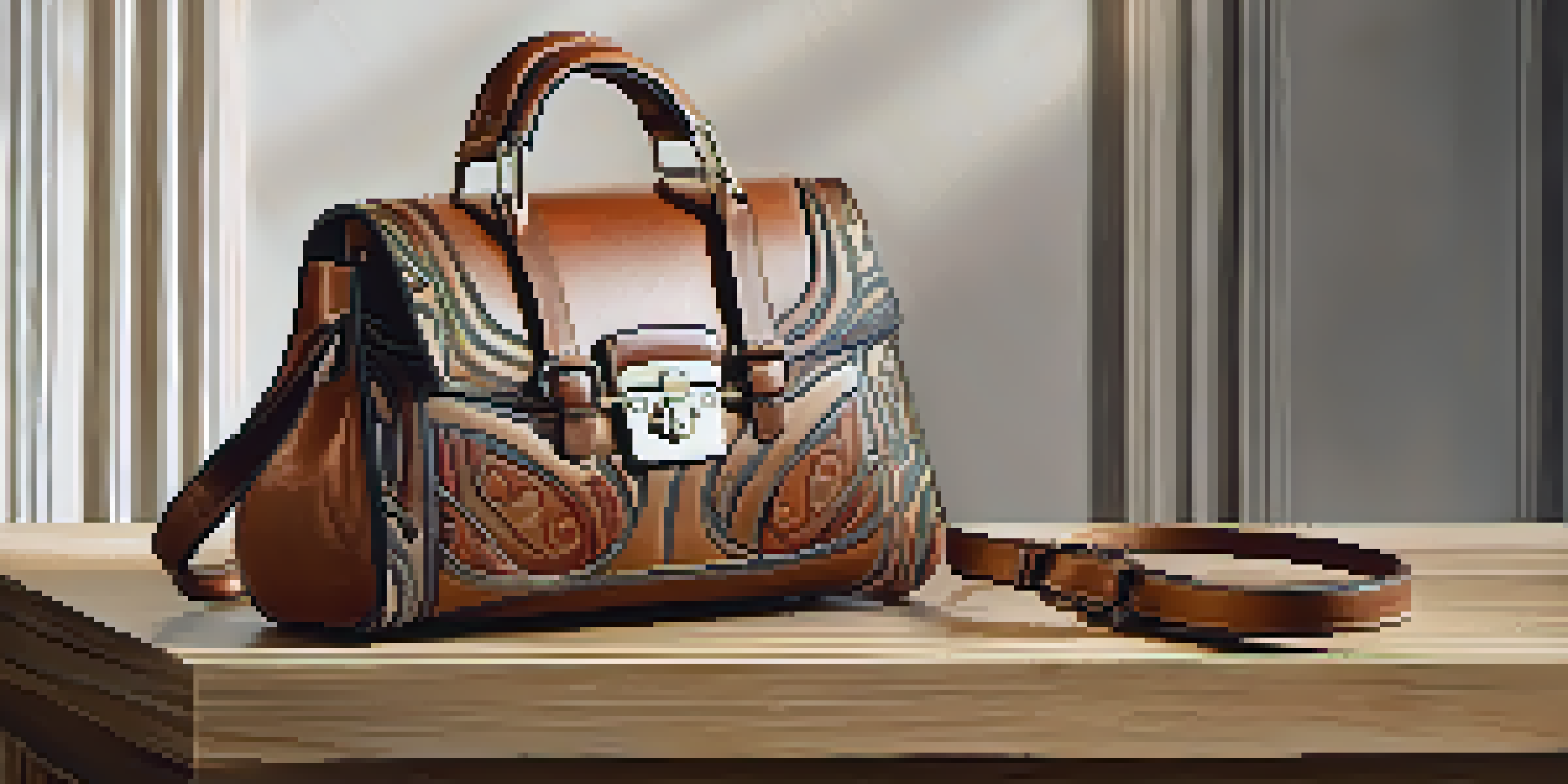Fashion Faux Pas: Know Your Rights Against Defective Goods

Understanding Defective Fashion Goods and Your Rights
When you purchase clothing or accessories, you expect them to be in good condition. However, defects can happen, from a broken zipper to a fabric flaw. Understanding your rights as a consumer is crucial in these situations, as it empowers you to take action when faced with defective goods.
The consumer is not a moron, she is your wife.
In many countries, consumer protection laws are designed to safeguard buyers from receiving faulty items. These laws typically allow for refunds, exchanges, or repairs, depending on the situation. Knowing these rights can save you from losing money and help you feel confident in your purchases.
For instance, if you buy a designer dress that arrives with a tear, you shouldn't have to keep it. Instead, you can approach the retailer to seek a resolution, knowing that you have legal backing. It's all about being informed and standing up for yourself when your fashion finds don’t meet expectations.
Common Fashion Defects: What to Look Out For
Fashion items can have various defects, and being aware of them can help you make informed decisions. Common issues include stitching problems, color fading, or mismatched patterns. Identifying these defects early can save you from disappointment and potential loss of money.

For example, imagine purchasing a trendy pair of shoes only to find they squeak with every step. This not only affects your comfort but can also indicate a manufacturing flaw. Being vigilant about these details helps ensure you're receiving the quality you paid for.
Know Your Consumer Rights
Understanding your rights as a consumer helps you take action against defective fashion goods.
Additionally, when shopping online, it's essential to check reviews and return policies. This way, you can gauge the quality of the items and what recourse you have if something goes wrong. Remember, it's not just about style; quality matters too!
The Importance of Keeping Receipts and Documentation
When it comes to claiming your rights against defective goods, keeping receipts is crucial. They serve as proof of purchase, which most retailers require for returns or exchanges. Without this essential documentation, you might find it challenging to assert your rights.
In a world where you can be anything, be kind—and that includes being kind to yourself when shopping.
In addition to receipts, note any communication with the retailer regarding the defect. Emails or messages detailing your concerns can bolster your case if you need to escalate the issue. It’s always better to be prepared than to be left empty-handed.
Imagine wanting to return a faulty handbag you bought at a boutique. If you kept your receipt and documented your conversations, you're much more likely to receive a satisfactory response. Being organized is key to navigating the sometimes murky waters of consumer rights.
Steps to Take When You Encounter a Defective Item
Encountering a defective fashion item can be frustrating, but knowing the steps to take can ease the process. First, assess the defect and determine if it's something that can be easily fixed or if you should pursue a return. This initial evaluation will guide your next steps.
Once you’ve decided to take action, contact the retailer promptly. Most companies have customer service lines or online chat options to assist you. Clearly explain the issue and provide any necessary documentation, such as your receipt and photos of the defect.
Keep Receipts for Returns
Maintaining receipts and documentation is essential for asserting your rights when dealing with defective items.
If the retailer is unhelpful, don't hesitate to escalate the issue. Many places have a formal complaint process or even social media channels where you can voice your concerns. Remember, staying calm and collected while asserting your rights can lead to a better outcome.
Consumer Protection Laws: A Safety Net for Shoppers
Consumer protection laws vary by country, but they all aim to safeguard shoppers from defective goods. These laws typically outline what constitutes a defect and the rights consumers have when faced with such issues. Understanding these laws can empower you to make informed purchases.
For example, in many regions, if a product is deemed defective, consumers are entitled to a full refund, repair, or replacement. This framework creates a safety net, ensuring that companies are held accountable for the products they sell. Knowing your rights can give you confidence when shopping.
Moreover, these laws often extend to online purchases, which is vital in today’s digital age. If an online retailer sends you a faulty item, you generally have the same rights as you would when shopping in-store. Being aware of these protections can help you navigate the complexities of online shopping.
Navigating Returns and Exchanges with Ease
When it comes to returns and exchanges, knowing the policy of the store you’re dealing with is essential. Each retailer has its own rules regarding time frames, restocking fees, and conditions for returns. Familiarizing yourself with these details can save you a lot of hassle later on.
For instance, some stores might require items to be unworn with tags still attached, while others may be more lenient. Understanding these nuances can help you avoid misunderstandings and ensure a smooth return process. Being proactive about learning these policies pays off when you need to make a return.
Importance of Reviews
Customer reviews can provide valuable insights into product quality, helping you avoid potential defects.
Additionally, keeping your return receipts and tracking numbers is a good idea. This documentation can serve as proof of your return, making it easier to resolve any disputes that may arise. Remember, a little preparation can go a long way in ensuring your shopping experience remains positive.
The Role of Reviews and Feedback in Fashion Purchases
Customer reviews and feedback can be invaluable when it comes to making fashion purchases. They provide insights into the quality and durability of items, helping you to avoid potential defects. Before buying, take a moment to read what others have experienced with the product.
For example, if multiple reviewers mention a consistent issue, like size discrepancies or fabric wear, it might be worth reconsidering your purchase. This community feedback can act as a protective measure against fashion faux pas. After all, learning from others’ experiences can save you time and money.

Furthermore, leaving your own reviews can help fellow shoppers navigate their choices. By sharing your experience regarding defects or quality, you contribute to a collective understanding of the brand and its products. It's a win-win situation that fosters a supportive shopping community.